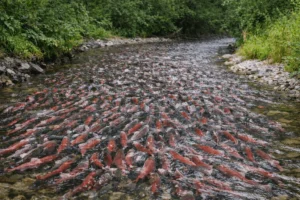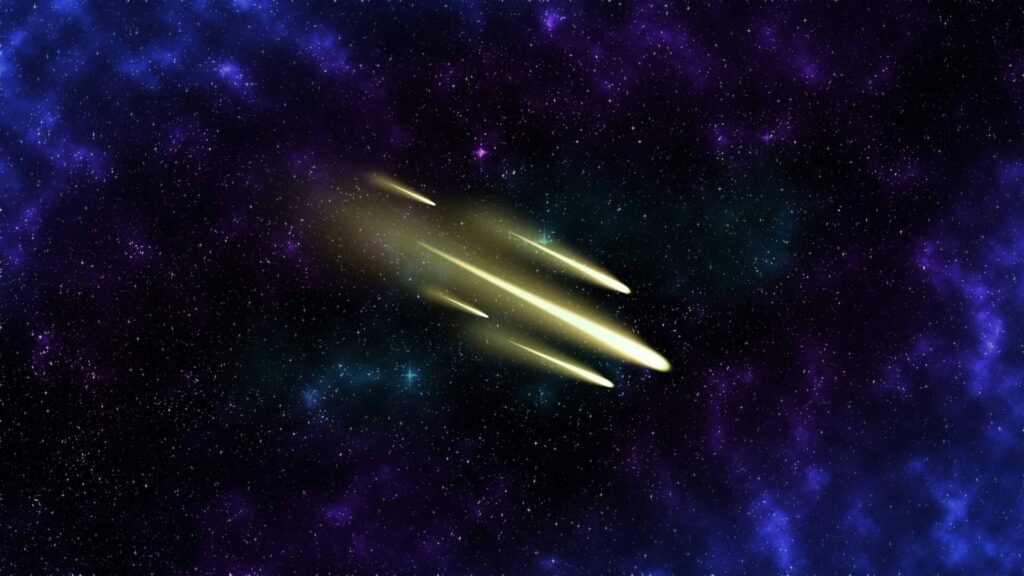Researchers discovered that S2 meteorite impact caused a massive tsunami and boiled oceans. The meteorite S2 was 200 times larger than the asteroid that triggered the dinosaur extinction and struck Earth around three billion years ago. Back then, Earth was in early years, mostly underwater, with just a few continents starting to show above the water.
A group of researchers, headed by Professor Nadja Drabon from Harvard University, went to South Africa’s Barberton Greenbelt, which is known as one of the oldest places on Earth that shows signs of meteorite impacts. The scientists took sledgehammers and trekked into the remote mountains to gather rock samples for analysis. With armed rangers for safety from wildlife, they looked for small rock pieces called spherules left behind by the impact.
The team’s findings showed how powerful the S2 meteorite impact was, creating a crater that was 500 kilometers wide and sending pulverized rock into the atmosphere. A cloud of molten rock formed and poured down across the world. The collision generated a tsunami, wreaking havoc on coasts and generating enormous heat. This caused the ocean water to evaporate, increasing air temperatures by up to 100°C. The sky darkened as dust and particles obscured the sunlight, resulting in the demise of simple life forms that relied on photosynthesis.
Despite the damage, the study discovered that these massive impacts had a role in the evolution of life on Earth. The commotion stirred up nutrients like phosphorus and iron, essential for bacteria. Drabon’s team revealed that life survived and thrived following the meteorite’s impact, with microbes flourishing due to the abundant nutrients in the water.
The findings suggest that early life on Earth was highly durable, and significant asteroid strikes, rather than bringing destruction, may have contributed considerably to the creation and flourishing of life.











